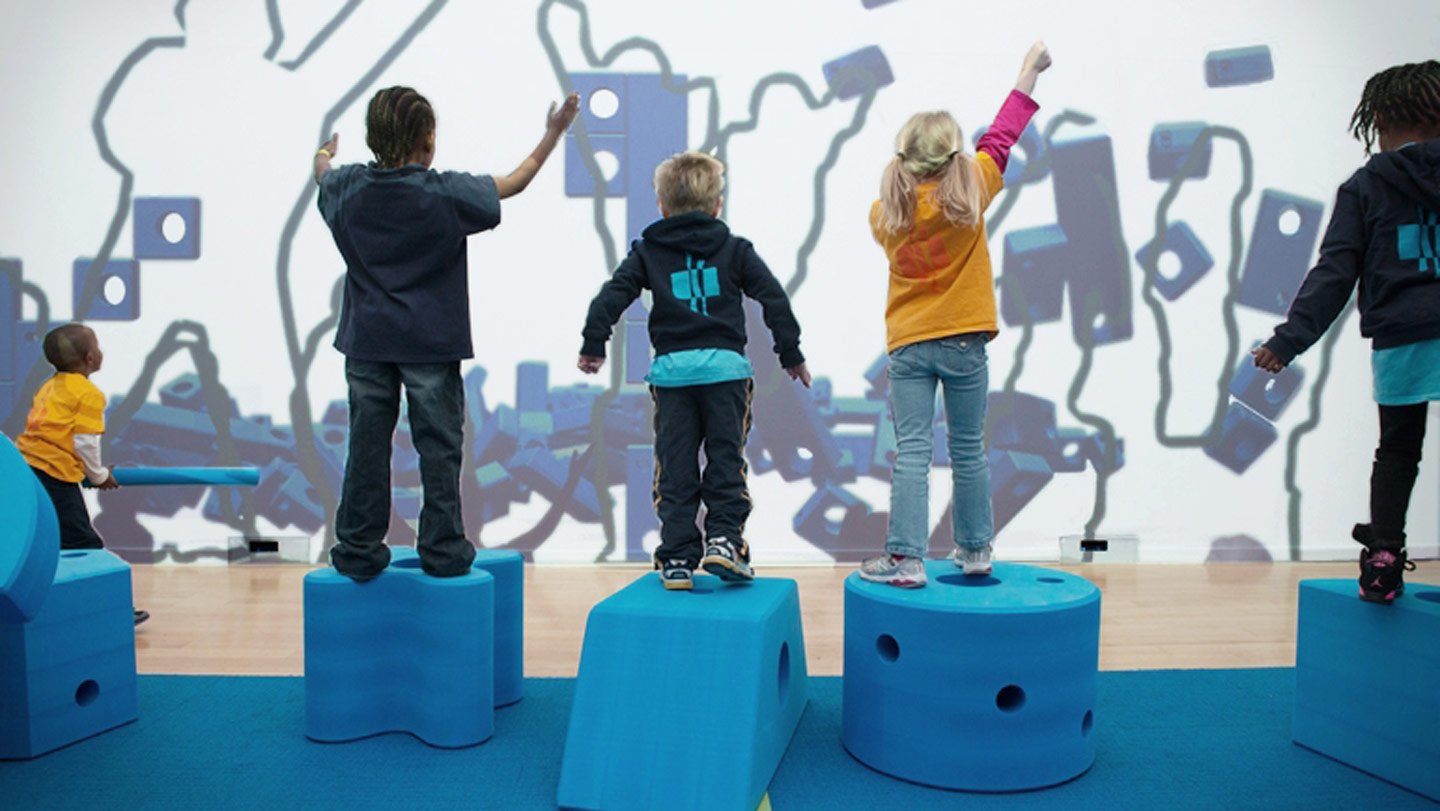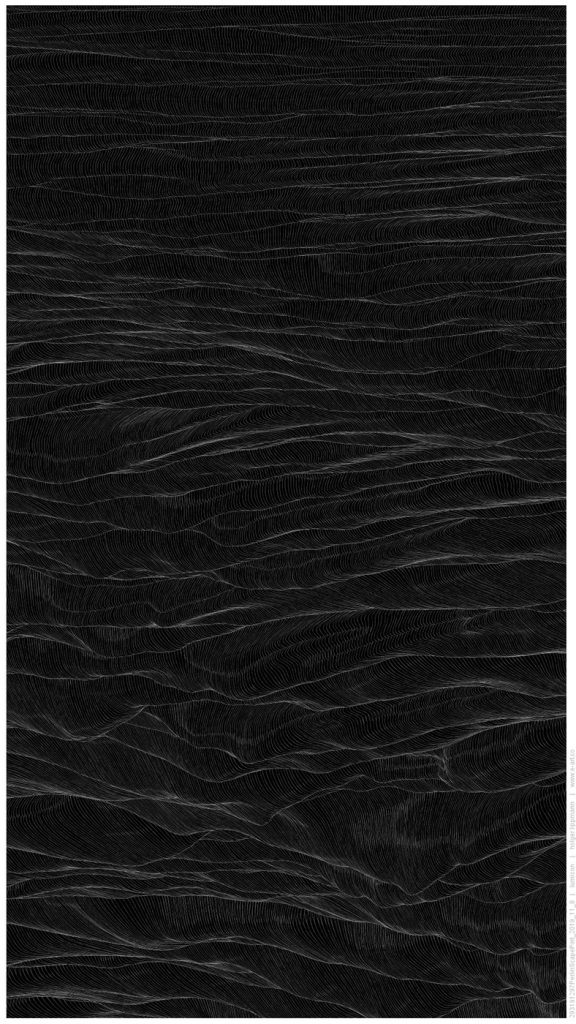
Play Work Build is an exhibit in The National Building Museum in Washington, DC. The exhibit is about the history of construction and block-based toys. It includes the Imagination Playground; a very unique way children can interact with (and destroy) building blocks (by standing and moving in front of a screen). I find this project inspiring because it revolutionizes the idea of playing this block which is a very old-school and non-techy-y activity. This project reinvents the toy and makes something that could be seen as boring seem interesting. I believe this project required the team at the rockwellgroup to write custom scripts that allows the projection to randomly generate block forms depending on the size and position of the person interacting with the projection. The creators were probably inspired by other interactive exhibit designs that use motion tracking to turn gestures into visual experiences.
![[OLD FALL 2019] 15-104 • Introduction to Computing for Creative Practice](../../wp-content/uploads/2020/08/stop-banner.png)

